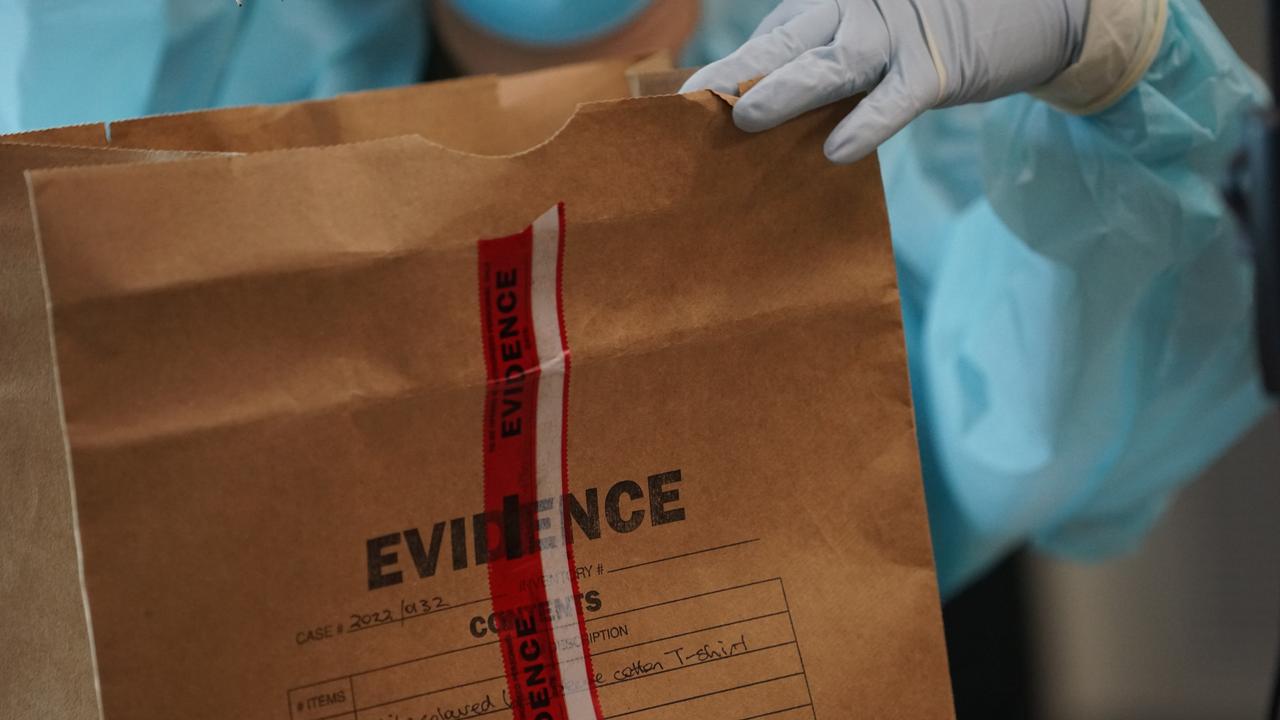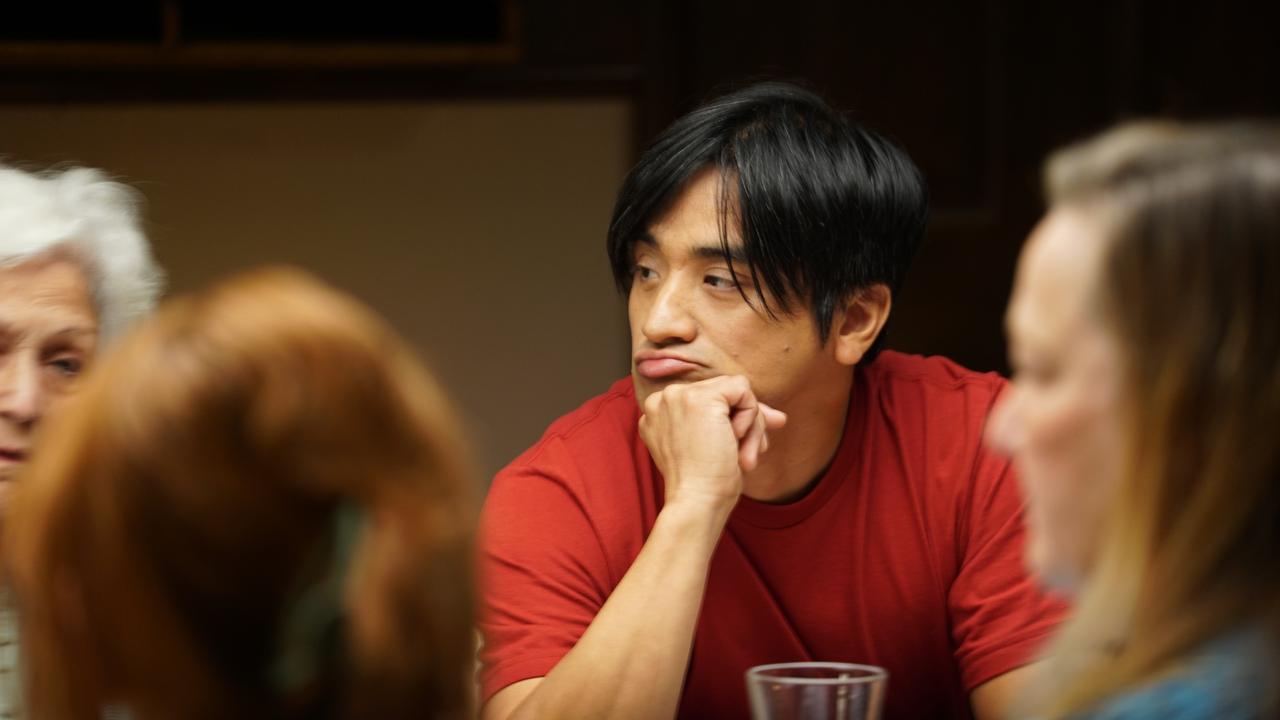Tense scenes in ‘The Jury: Death on the Staircase’ as verdict draws nearer
An expert witness has dropped a bombshell in court that could change the outcome of a manslaughter trial.
Just a day after hearing evidence that suggests the deceased in a manslaughter case died of trauma to both his head and neck, a defence expert who has conducted over 15,000 autopsies has thrown a spanner in the works for the jury.
The SBS true crime series The Jury: Death on the Staircase presents a real manslaughter trial, re-enacted word-for-word in front of a jury of 12 volunteers, in order to answer one question: do jury trials actually find justice?
The accused, a man named Shaun Yang*, stands to be convicted of manslaughter, meaning the Crown must prove beyond a reasonable doubt that he caused the death of his partner, Carlo*.
The case - which has already been through the NSW court system and has had identifying details changed in the hope of concealing the verdict from viewers and jurors alike - is one that rests heavily on circumstantial evidence.
Read our recap of The Jury: Death on the Staircase episode three

Final verdict left jury in tears
The question of whether or not the jury in this re-enactment will reach the same conclusion as the original 12 members at trial remains to be seen, but with each development in the case, it becomes painfully clear just how complex the very notion of truth can be.
According to series director Tosca Looby, most jurors wept upon finally discovering the truth behind the case they were deliberating on, when it was revealed to them in episode five.
“Creating this series has been a career highlight,” Looby said.
“It has required collaboration with a fabulous team across both drama and documentary, courts, and legal professionals and, most importantly, twelve ordinary citizens willing to put themselves to the test in a criminal trial. Despite months of precise planning, the final outcome was out of our hands and impossible to predict.”
‘No clear cut cause of death’: Expert witness drops bombshell in court
So much so, that even the cause of death was thrown into question in the courtroom, with a defence forensic expert questioning the findings of the initial pathologist and suggesting the deceased could have had a “cardiac event”.
When cross-examined by the prosecution, Professor Hayden Jagger admitted that there was “no evidence whatsoever” in the initial autopsy that suggested a cardiac event could have caused Carlo’s death, but insisted there was “absolutely no clear cut cause of death” in the case.
“If two expert witnesses can come to different conclusions about how someone died, how do they expect a member of the jury to decide what happened?” asks juror Monique, a funeral attendant.
The argument theory that puts justice in jeopardy
Watching the 12 individuals deliberate in the jury room is an exercise in behavioural psychology. If you have ever wondered how two people can listen to the same politician speak and reach such different views about what was being said, the scenes from this series put the reason into stark relief.
Despite having sat through the same proceedings and having been presented with exactly the same evidence, almost every member of the jury has a different take on what occurred the day of Carlo’s death.

What’s more interesting is that the more each juror is forced to defend their views, the more convinced they become of their own position. Psychologists have a name for this: motivated reasoning. It’s the phenomenon whereby a person people ignore the logical fallacies in an argument if it aligns with their own viewpoint, while picking apart any tiny inconsistency in an opposing view.
Van, a children’s entertainer, insists that an inconsistency in blood evidence could be the result of a blow from an entirely different direction, even though the theory has not been presented in any of the evidence.
“We have to believe the test that said conclusively there was no human blood on the juicer, though,” argues Guy, the jury foreperson.
“The expert here is saying it’s highly irregular.”
“Well that’s his opinion,” counters Van. “this is my opinion.”
“I think I’m going to go with the pathologist,” mutters Guy, as Van walks away.
A burden too heavy for 12 regular citizens?
The entire premise of a jury trial is that jurors themselves are forced to debate and argue, often in an unskilled facsimile of what occurs in the courtroom, without any of the checks and balances on what can be speculated upon.
In many ways, each juror must become either defence or prosecution, in order to influence the others to reach the conclusion they believe is correct. Watching the scenes unfolding in the deliberation room, the mental toll this burden takes on each member of the jury - even in a re-enactment - is clear.
With limited understanding of the law, expecting jurors to undergo this process at all seems a tall order, but expecting them to do it when the responsibility of a person’s freedom rests on their shoulders, at times feels impossible.
The Jury: Death on the Staircase. Stream Free now on SBS On Demand
* Names, dates, location and images have been changed to protect identities in the original trial



